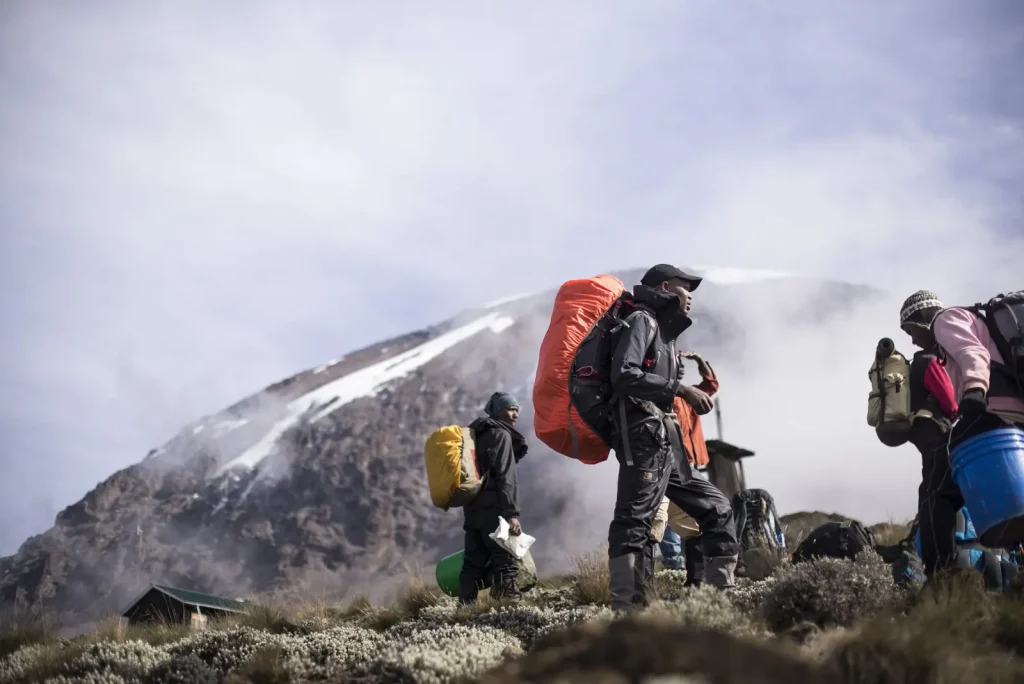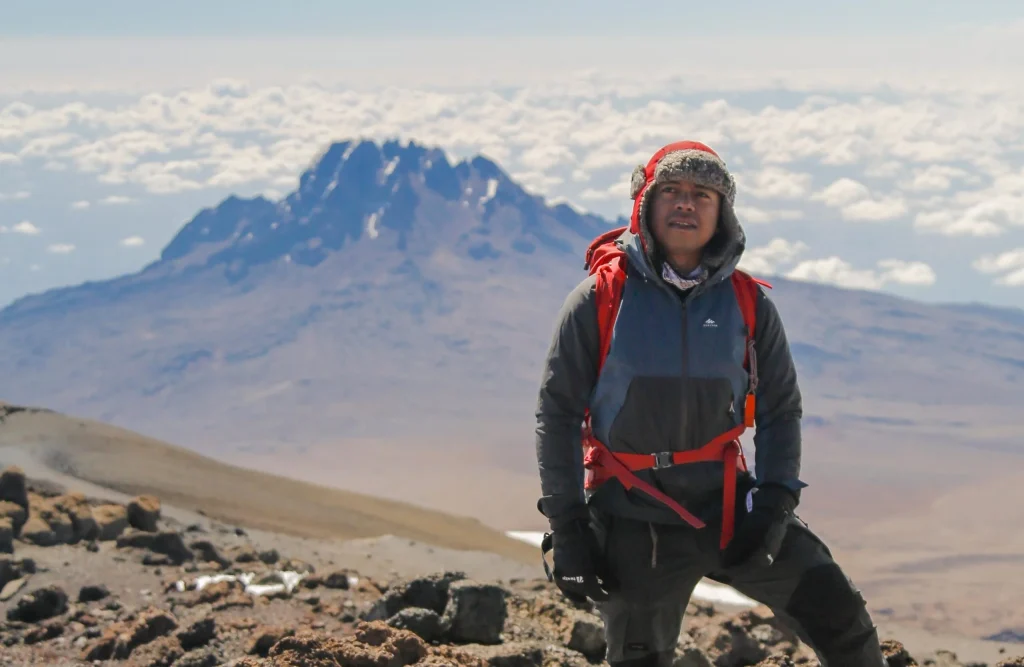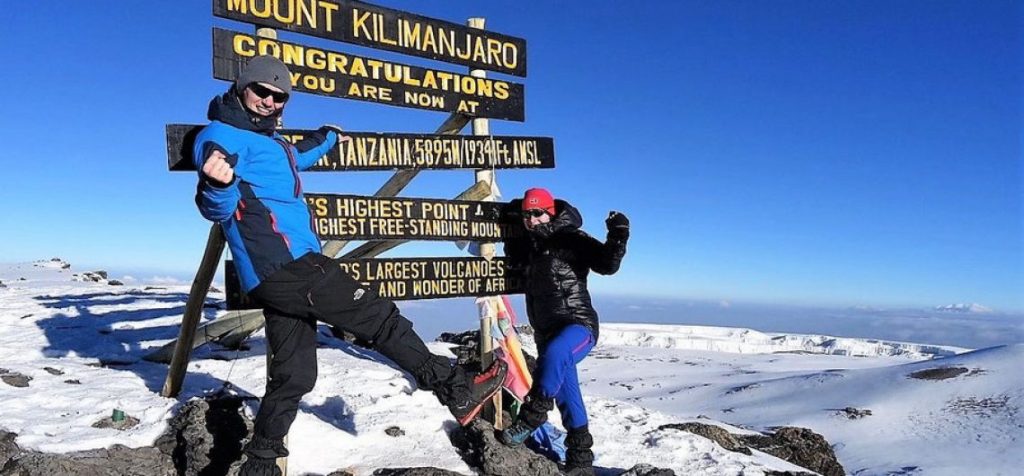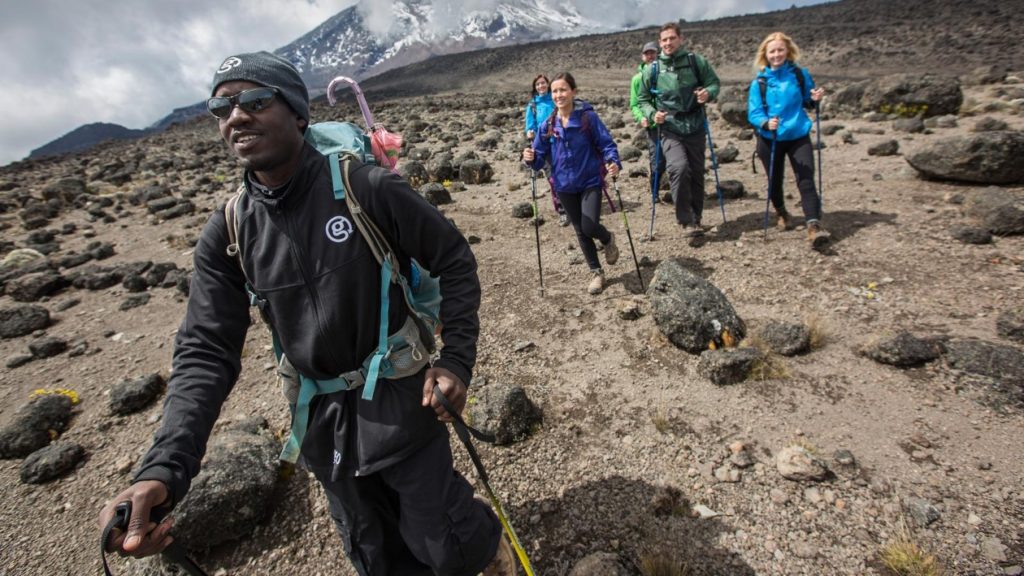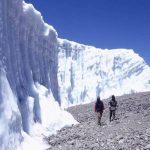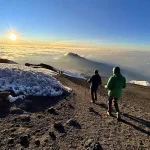Overview
Often called the “Coca-Cola Route,” Marangu is the most affordable path to the summit of Mount Kilimanjaro and the only one offering hut accommodations. Each camp along the route features communal sleeping huts equipped with sponge mattresses, pillows, and solar-powered lighting. There are 60 beds each at Mandara and Kibo Huts, and 120 beds at Horombo Hut. The lower huts provide bathrooms with running water, while the higher camps have basic men’s and women’s latrines. The shared dining huts, often filled with climbers from around the world, create a warm and lively atmosphere.
Although this route can be completed in 5 days, a 6-day itinerary allows for better acclimatization, often with a rest or acclimatization hike at Horombo Hut on Day 3.
Day by Day Itinerary
Inclusions
Included:
- Park entry fees (for non-residents)
- All included activities (unless marked as optional)
- Standard accommodation (unless specified as an upgrade)
- Services of a professional driver/guide
- All ground transportation and domestic flights (unless marked as optional)
- Meals & Drinks
Excluded:
- International flights (to/from your home country)
- Additional accommodation before and after the tour
- Tips and gratuities
- Personal expenses (souvenirs, travel insurance, visa fees, etc.)
- Any government-imposed increases in taxes and/or park fees

